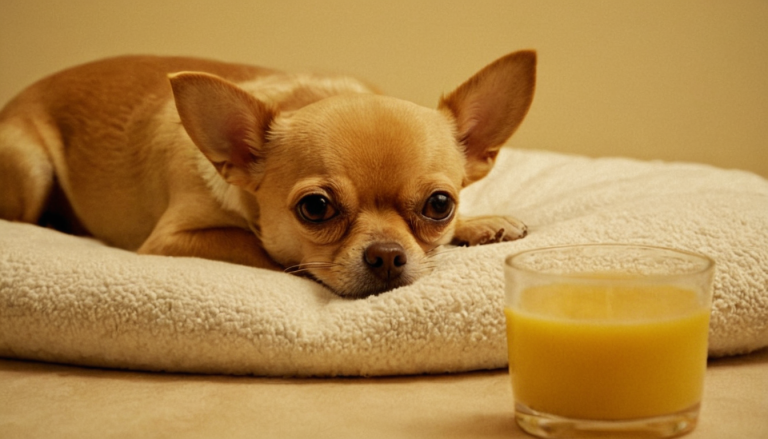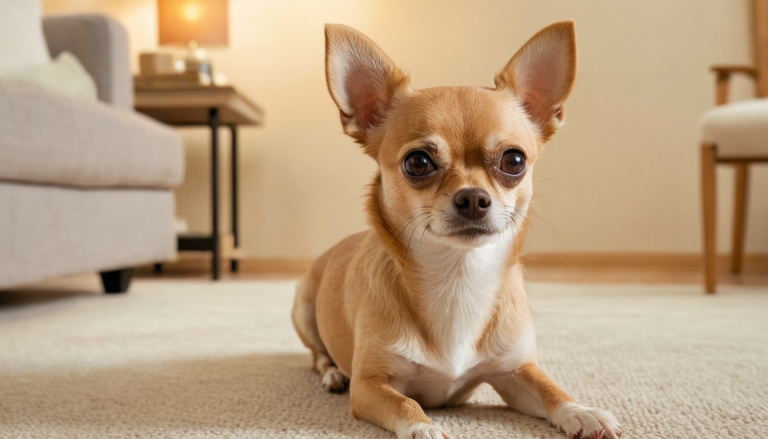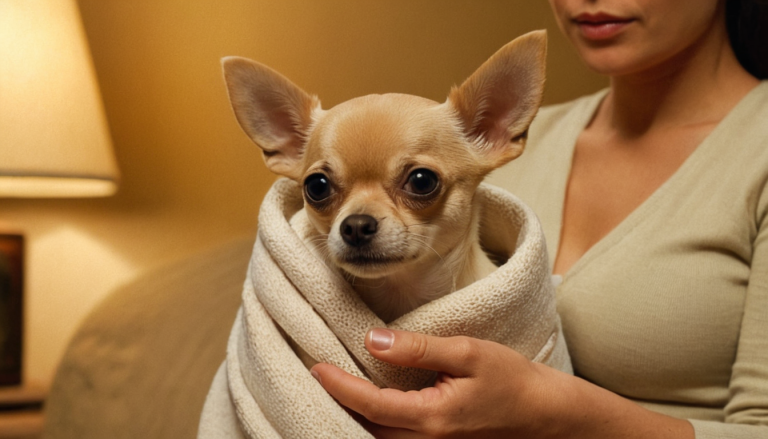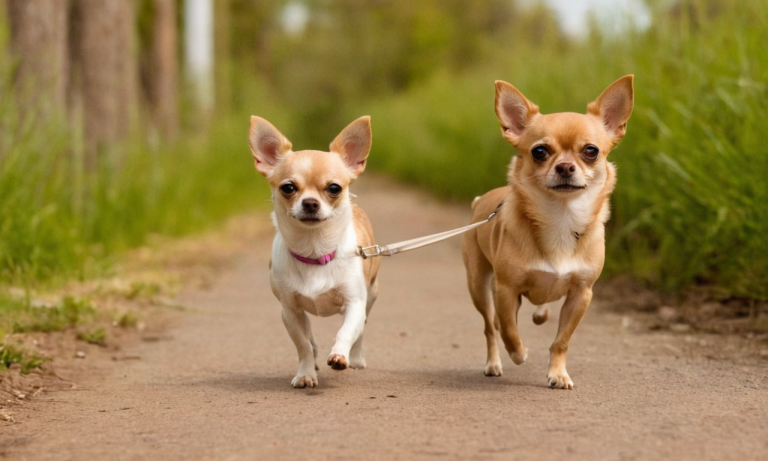Is Your Chihuahua Allergic to Their Food? Here’s How to Tell
Understanding Food Allergies in Chihuahuas
Chihuahuas may be tiny, but their bodies are sensitive, especially when it comes to food. Like humans, dogs can develop allergies to ingredients in their food. If you’ve noticed your Chihuahua itching, licking their paws constantly, or having digestive problems, their kibble might be the culprit.
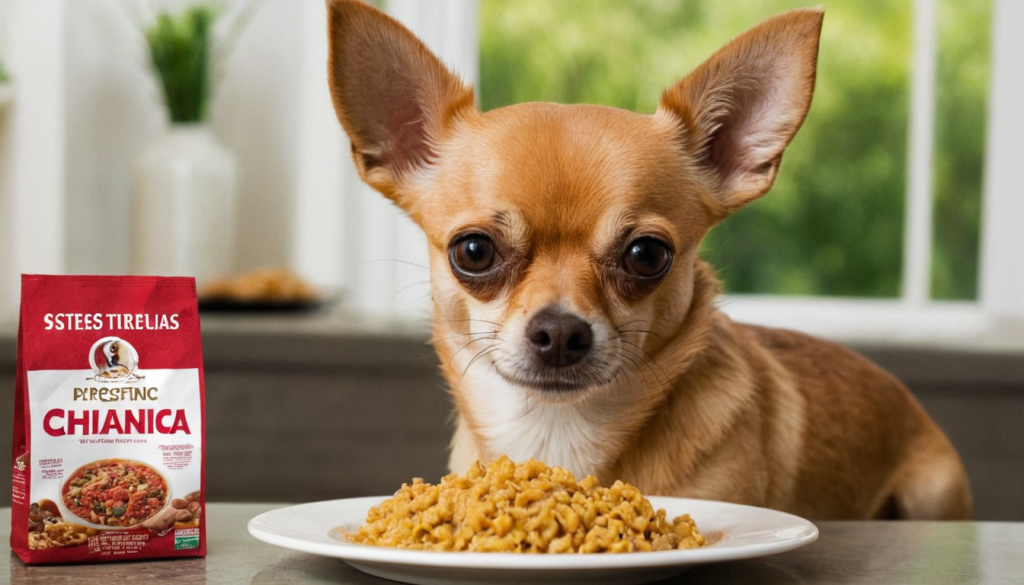
Common Signs Your Chihuahua Might Be Allergic to Their Food
While food allergies can show up in any dog, Chihuahuas tend to show some unique signs due to their small size and sensitive systems. Look for:
- Excessive Itching or Scratching
- Red, Inflamed Skin or Hot Spots
- Chronic Ear Infections
- Licking Paws or Belly Constantly
- Upset Stomach (vomiting or diarrhea)
- Gas or Bloating
- Hair Loss or Dull Coat
💡 Chihuahuas often show allergy symptoms on their skin first due to their thin fur and delicate skin.
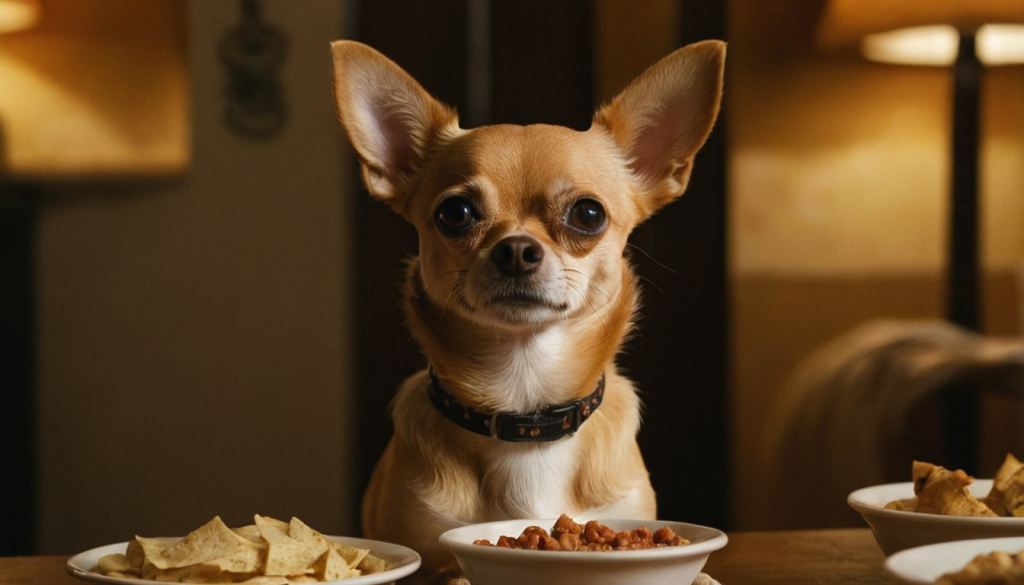
Top Food Allergens for Chihuahuas
Some ingredients are more likely to trigger allergic reactions in Chihuahuas. These include:
- Beef
- Chicken
- Dairy
- Eggs
- Corn
- Wheat
- Soy
Even though these are common ingredients in many dog foods, some Chihuahuas can’t tolerate them. That’s why switching to a limited-ingredient or hypoallergenic diet can help.
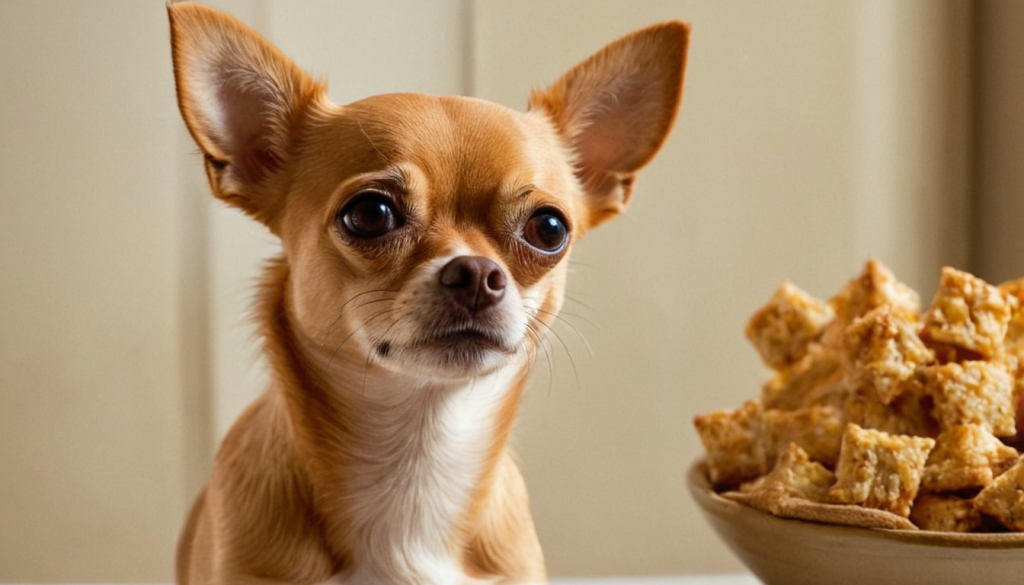
What’s the Difference Between a Food Allergy and Food Intolerance?
A food allergy involves the immune system and can cause skin issues, ear infections, and gastrointestinal problems.
A food intolerance, on the other hand, usually only affects the digestive system and causes bloating, gas, or soft stool.
| Food Allergy | Food Intolerance |
|---|---|
| Immune system reaction | Digestive system only |
| Itchy skin, infections | Gas, bloating, diarrhea |
| Can be life-long | May change over time |
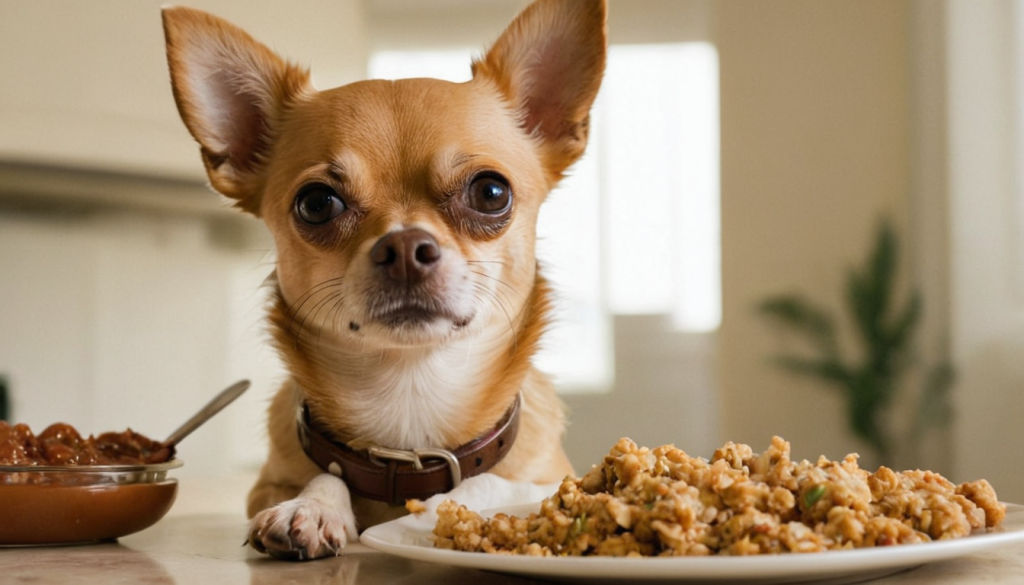
How to Test for Food Allergies in Your Chihuahua
The best way to identify a food allergy is through an elimination diet:
- Switch to a limited-ingredient or hydrolyzed protein diet (with guidance from your vet).
- Feed only that food (no treats, chews, or scraps!) for 8–12 weeks.
- Slowly reintroduce ingredients one at a time to identify triggers.
🩺 Tip: Always talk to your veterinarian before starting an elimination diet. They can guide you and even recommend blood or skin tests if needed.
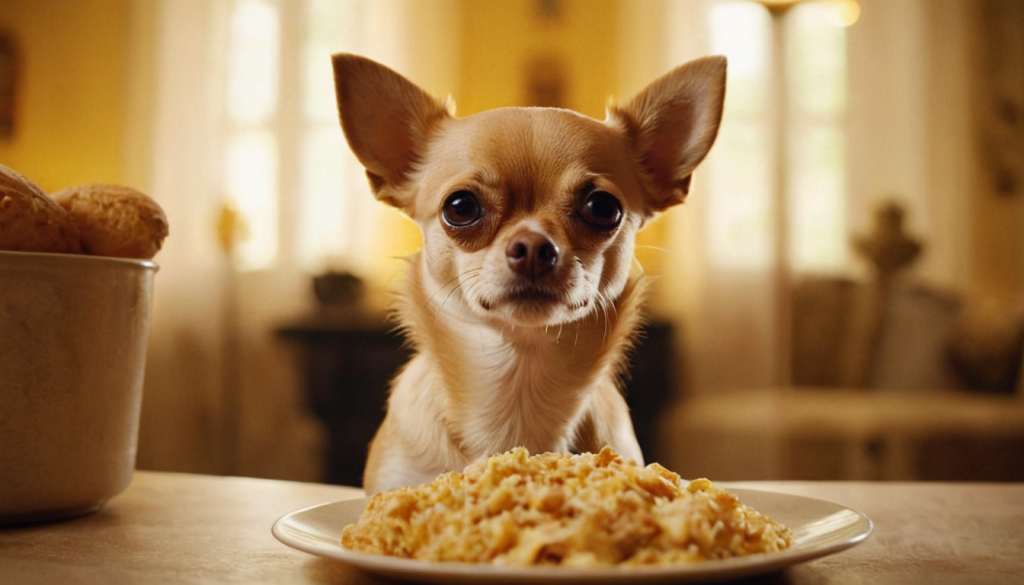
What to Feed a Chihuahua with Food Allergies
Once you know what your Chihuahua is allergic to, you can choose the right food. Look for:
- Limited-ingredient diets (1 protein, 1 carb source)
- Novel protein foods like duck, venison, or salmon
- Grain-free if your dog has a grain sensitivity
- No artificial flavors, colors, or preservatives
Some great hypoallergenic dog food brands for Chihuahuas include:
- Hill’s Prescription Diet
- Royal Canin Hydrolyzed Protein
- Natural Balance L.I.D.
- Blue Buffalo Basics
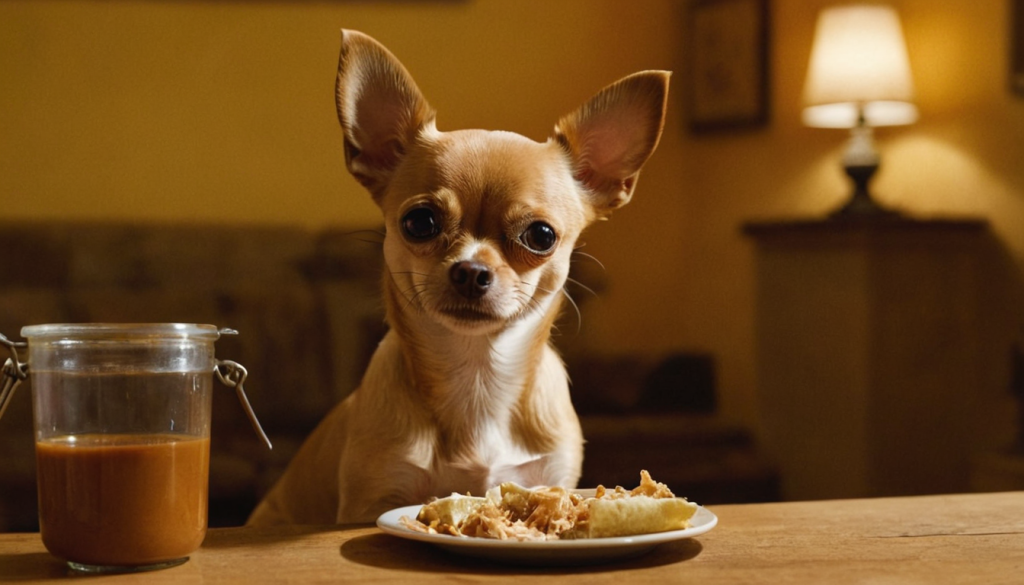
Infographic: Signs Your Chihuahua Has a Food Allergy
Infographic Title: “Top 7 Signs Your Chihuahua Has a Food Allergy”
Sections to include visually:
- 🐶 Itchy Skin or Red Patches
- 👂 Chronic Ear Infections
- 🐾 Paw Licking or Chewing
- 💩 Diarrhea or Loose Stools
- 🤮 Vomiting or Nausea
- 🐕 Dull Coat or Shedding
- 😖 Constant Scratching or Biting
🖼️ Design Tip: Use soft pastel colors with Chihuahua illustrations to make it visually appealing to pet owners.
Final Thoughts: Keep Your Chihuahua Happy and Healthy
If your Chihuahua is acting uncomfortable, it might be more than just a picky eater. Food allergies are common and manageable with the right diet and care. Start by tracking their symptoms, consult your vet, and consider switching to a limited-ingredient or hypoallergenic food.
🦴 Your little buddy deserves to feel great every day—inside and out!
FAQs
Can Chihuahuas outgrow food allergies?
Not usually. Most food allergies are lifelong but manageable with the right diet.
How long does it take to see results on a new diet?
Most dogs show improvement within 6–8 weeks, but full results can take up to 12 weeks.
Are food allergies dangerous?
They can lead to chronic health issues if left untreated, but they’re usually not life-threatening.

